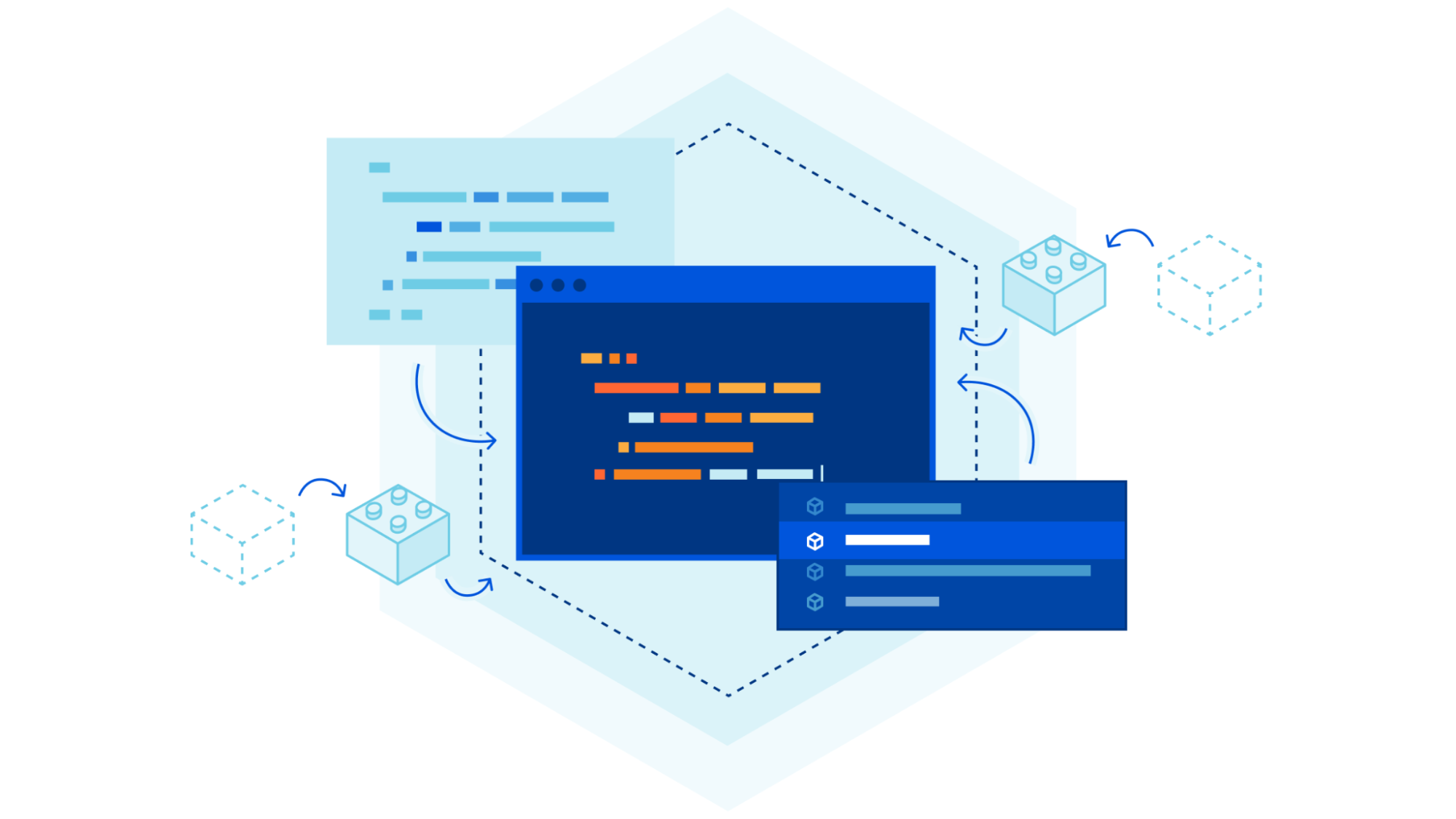Aruba Networking Unveils Wi-Fi 7 Access Points
The new HPE Aruba 730 series Wi-Fi 7 access points tout high performance, enhanced security, location tracking capabilities, and more.Stop the Network-Based Application Recognition Nonsense
One of my readers sent me an interesting update on the post-QUIC round of NBAR whack-a-mole (TL&DR: everything is better with Bluetooth AI):
So far, so good. However, whenever there’s a change, there’s an opportunity for marketing FUD, coming from the usual direction.
Stop the Network-Based Application Recognition Nonsense
One of my readers sent me an interesting update on the post-QUIC round of NBAR whack-a-mole (TL&DR: everything is better with Bluetooth AI):
So far, so good. However, whenever there’s a change, there’s an opportunity for marketing FUD, coming from the usual direction.
PP011: IoT Protocols: Detection and Protection
IoT devices are often like the tiny aliens in the locker in Men in Black: They’ve created a whole little world on your network without almost any humans knowing they exist. Today Troy Martin joins the show to teach us the basics of how to find and secure IoT devices on your network, specifically focusing... Read more »Good Things Happen when Network Engineers Internalize Spider-Man’s Mantra
NetOps teams, like Spider Man, have great powers and great responsibilities. Increasingly, they are adopting a Zero Trust approach to network operations to help fight their battles.HS070: Living on the Edge: The Present Future of Edge Architecture
Right now we’re in the first generation of edge architecture. We won’t even really know how to define it until we’re past it. Greg and Johna discuss the operational milieu in which the edge is forming: Vast numbers of IoT devices, increased remote computing capabilities, questions around cloud operational costs and efficiency, and vendors jostling... Read more »Lessons from building an automated SDK pipeline

In case you missed the announcement from Developer Week 2024, Cloudflare is now offering software development kits (SDKs) for Typescript, Go and Python. As a reminder, you can get started by installing the packages.
// Typescript
npm install cloudflare
// Go
go get -u github.com/cloudflare/cloudflare-go/v2
// Python
pip install --pre cloudflare
Instead of using a tool like curl or Postman to create a new zone in your account, you can use one of the SDKs in a language that you’re already comfortable with or that integrates directly into your existing codebase.
import Cloudflare from 'cloudflare';
const cloudflare = new Cloudflare({
apiToken: process.env['CLOUDFLARE_API_TOKEN']
});
const newZone = await cloudflare.zones.create({
account: { id: '023e105f4ecef8ad9ca31a8372d0c353' },
name: 'example.com',
type: 'full',
});
Since their inception, our SDKs have been manually maintained by one or more dedicated individuals. For every product addition or improvement, we needed to orchestrate a series of manually created pull requests to get those changes into customer hands. This, unfortunately, created an imbalance in the frequency and quality of changes that made it into the SDKs. Even though the product teams would drive some of these changes, not all languages were covered and the SDKs Continue reading
Wi-Fi 7: The Future of High Speed Wireless Networking is Here
Enterprises are under pressure to meet and exceed the challenges of rapidly increasing bandwidth requirements, including AR/VR (augmented reality/virtual reality) applications, streaming multimedia, IoT proliferation, video applications and high density deployments.
CCNA 200-301 Updated To Version 1.1
Cisco is updating the Cisco Certified Network Associate (CCNA) exam to version 1.1. In the past, Cisco only did major updates to their exams. Since then, they have moved to doing more frequent and minor updates, in a more agile fashion. Before going in to the changes, let’s answer some common questions that are covered in Cisco’s FAQ:
Why is the CCNA being updated?
Cisco regularly performs reviews of their exams. Exams get updated to clarify exam topics, introduce new ones, and phase out outdated products and solutions.
What is being added?
New topics include generative AI, cloud network management, and machine learning.
When can candidates register for CCNA v1.1?
Registration begins on August 20, 2024.
What if I’m already studing for CCNA v1.0?
Complete your study and take the CCNA v1.0 exam.
What percentage of the exam is being updated?
Approximately 10% of the exam is updated.
When is the last day to test for CCNA v1.0?
The last day of testing for CCNA v1.0 is August 19, 2024.
So what is being changed? The different domains and their percentages is not changing. The domains and their percentage remain as:
- 1.0 Network Continue reading
Presentation: Introduction to netlab
On April 22nd, I had an Intro to netlab presentation at the wonderful RIPE SEE meeting in Athens.
You can download the presentation or watch it on YouTube. Enjoy ;)
Presentation: Introduction to netlab
On April 22nd, I had an Intro to netlab presentation at the wonderful RIPE SEE meeting in Athens.
You can download the presentation or watch it on YouTube. Enjoy ;)
NB475: Cisco Hypes Hypershield; Broadcom Tries To Clarify VMware Strategy
Take a Network Break! This week we cover Hypershield, a new Cisco security product that uses technology from its Isovalent acquisition. We parse a blog from Broadcom CEO Hock Tan on the company’s VMware strategy, and discuss China’s latest counter-punch in its tech infrastructure fight with the United States. A KPMG survey reveals that executives... Read more »Engineer’s Dilemma: Constant Learning and Forgetting

As a Network Engineer, I've noticed we're in a constantly evolving field. Traditional networking is already a deep pool of knowledge, covering a wide range of topics. But the tech world doesn't stand still – it's moving at a fast pace.
Now, we're not just dealing with routers and switches. We've got a whole new set of skills to learn. There's Cloud, then there's Automation. We're also diving into tools like Ansible, Docker and Terraform and let's not forget Python. With all these new areas to explore, the big question is how do we keep up? How do we learn all these new skills without forgetting the fundamentals that got us here?
Do You Keep Forgetting?
Let me pull out EIGRP as an example. Back when I was studying for my CCNP certification, EIGRP and I were best buddies. I could set up labs, get EIGRP running between them, and troubleshoot any issues that popped up. Ask me about it now. Well, it's a bit embarrassing, but I'd be scratching my head. I remember something about a 'feasible route', but that's about it.
Tech Bytes: Begin Your Unified SASE Journey with Next-Gen SD-WAN (Sponsored)
Secure Access Service Edge, or SASE, combines SD-WAN with cloud-delivered security services including next-gen firewall, CASB, secure web gateway, and others. You can mix and match your SD-WAN and cloud security, but today Rajesh Kari from Palo Alto Networks is here to advocate for the benefits of their single-vendor option. We talk performance, security, and... Read more »Cloud-Native Software: What it Is, How We Got Here, and Why it Matters
To realize the benefits of cloud-native software, an application must actually be cloud-native—designed to run in the cloud, interacting with disaggregated cloud services, fully manageable as code—to deliver the expected benefits.BGP EVPN with VXLAN: Fabric Overview
Figure illustrates the simplified operation model of EVPN Fabric. At the bottom of the figure is four devices, Tenant Systems (TS), connected to the network. When speaking about TS, I am referring to physical or virtual hosts. Besides, The Tenant System can be a forwarding component attached to one or more Tenant-specific Virtual Networks. Examples of TS forwarding components include firewalls, load balancers, switches, and routers.
We have connected TS1 and TS2 to VLAN 10 and TS3-4 to VLAN 20. VLAN 10 is associated with EVPN Instance (EVI) 10010 and VLAN 20 to EVI 10020. Note that VLAN-Id is switch-specific, while EVI is Fabric-wide. Thus, subnet A can have VLAN-Id XX on one Leaf switch and VLAN-Id YY on another. However, we must map both VLAN XX and YY to the same EVPN Instance.
When a TS connected to the Fabric sends the first Ethernet frame, the Leaf switch stores the source MAC address in the MAC address table, where it is copied to the Layer 2 routing table (L2RIB) of the EVPN Instance. Then, the BGP process of the Leaf switch advertises the MAC address with its reachability information to its BGP EVPN peers, essentially the Spine switches. Continue reading
Repost: Campus-Wide Wireless Roaming with EVPN
As a response to my LISP vs EVPN: Mobility in Campus Networks blog post, Route Abel provided interesting real-life details of a large-scale campus wireless testing using EVPN and VXLAN tunnels to a central aggregation point (slightly edited):
I was arguing for VxLAN EVPN with some of my peers, but I had no direct hands-on knowledge of how it would actually perform and very limited ability to lab it on hardware. My client was considering deploying Campus VxLAN, and they have one of the largest campuses in North America.
Repost: Campus-Wide Wireless Roaming with EVPN
As a response to my LISP vs EVPN: Mobility in Campus Networks blog post, Route Abel provided interesting real-life details of a large-scale campus wireless testing using EVPN and VXLAN tunnels to a central aggregation point (slightly edited):
I was arguing for VxLAN EVPN with some of my peers, but I had no direct hands-on knowledge of how it would actually perform and very limited ability to lab it on hardware. My client was considering deploying Campus VxLAN, and they have one of the largest campuses in North America.
Worth Reading: Data Protection for Dummies
Another lovely must-read rant from the cranky security professional.
TL&DR: Data protection requirements like PCI-DSS aren’t there to make companies more secure but to make it too expensive for them to hoard excessive customer data (see also: GDPR).
Worth Reading: Data Protection for Dummies
Another lovely must-read rant from the cranky security professional.
TL&DR: Data protection requirements like PCI-DSS aren’t there to make companies more secure but to make it too expensive for them to hoard excessive customer data (see also: GDPR).

